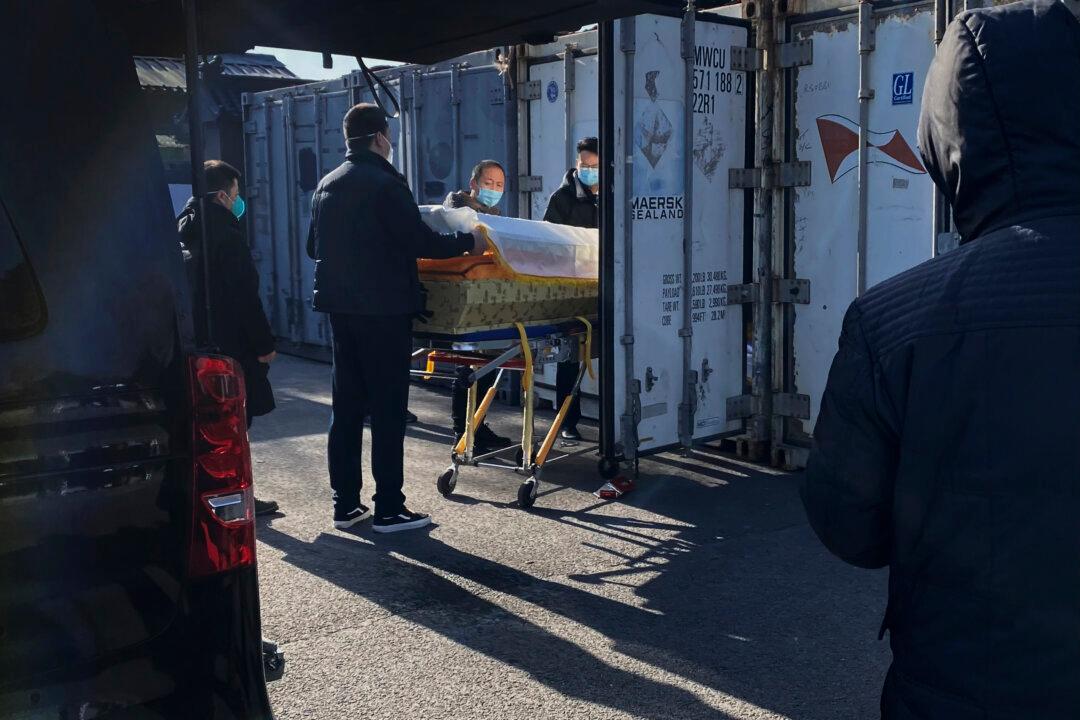To date, we still don’t have especially good studies on the actual causes of excess deaths by state and country when the world first went into lockdown in spring 2020.
For political reasons, these deaths were all generally been lumped together as “COVID deaths,” but this coding was appallingly sloppy. According to the World Health Organization’s initial coding guidance, if a decedent had either tested positive—using a PCR test later confirmed by the New York Times to have a false positive rate over 85 percent—or been in contact with anyone who had within several weeks prior to their death, then the death should be classified as a “COVID death.” This enormous number of “COVID deaths” was obviously belied by the fact that many places reporting those “COVID deaths,” such as Maine, actually had no excess deaths to speak of.





